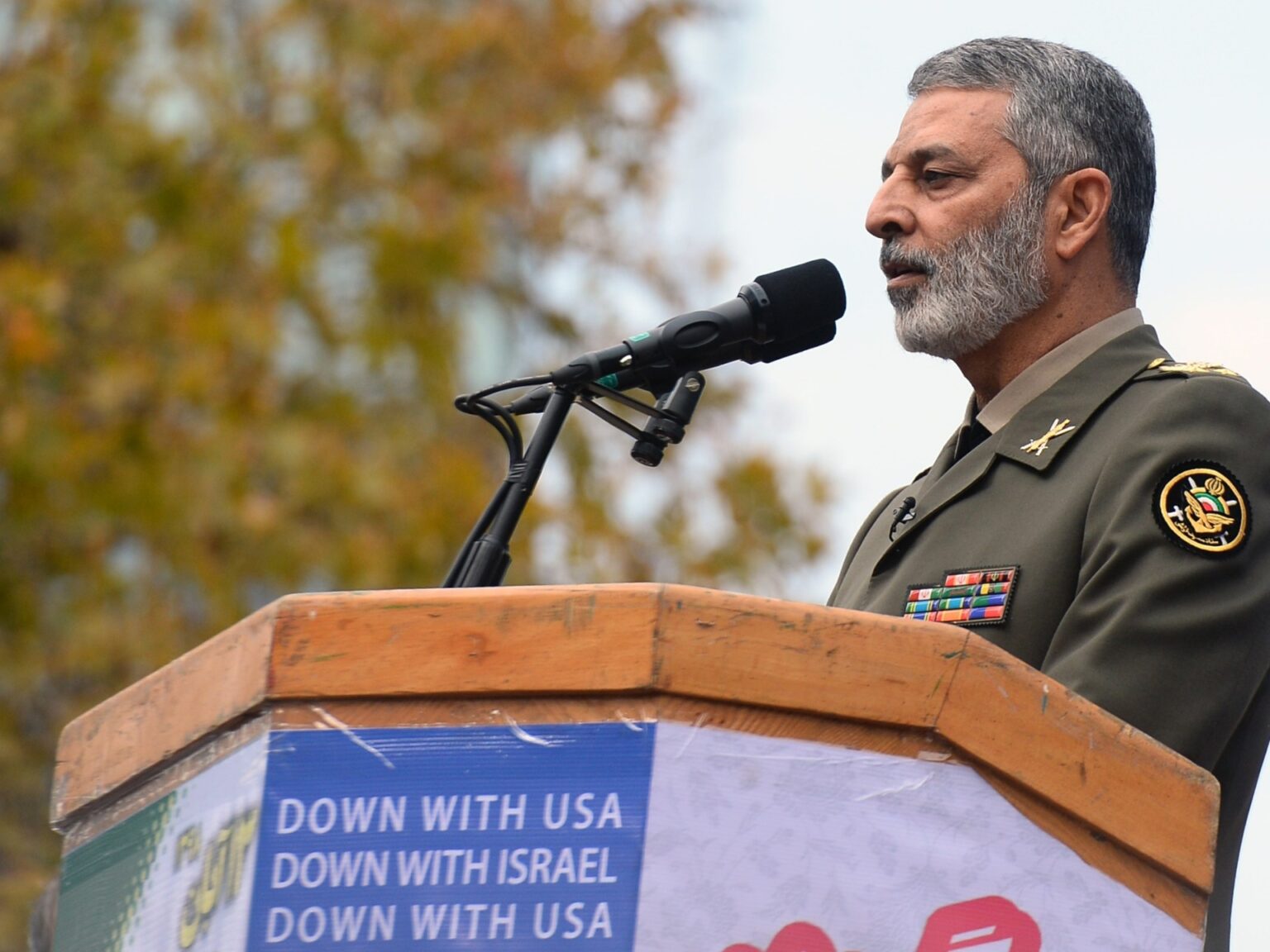Tehran, Iran – Iran has promoted several commanders to the top of its military leadership after Israel killed their predecessors in a series of air attacks.
The leadership of Iran’s General Staff of the Armed Forces and the Islamic Revolutionary Guard (IRGC) has shifted significantly as the country defends against Israeli attacks and launches retaliatory strikes.
Let’s take a look at which commanders were killed, who replaced them, and what this means for the deadly conflict going forward.
How senior were the killed commanders?
Some of Iran’s top military leaders were killed during Israel’s multipronged assault, which started early Friday.
Iran’s highest-ranking military commander, General Mohammad Bagheri, was among the casualties. The veteran of the Iran-Iraq War of the 1980s was chief of staff of the armed forces and only answered to Supreme Leader Ayatollah Ali Khamenei.
Other members of the General Staff of the Armed Forces were also among the dead, including Deputy for Operations Mehdi Rabani and Deputy for Intelligence Gholamreza Mehrabi.
The IRGC also lost a considerable number of top figures in its command chain, chief among them being Hossein Salami, the leader of the force.
The elite aerospace division of the IRGC, which is tasked with developing Iran’s sprawling missile programme, confirmed the killing of eight senior commanders who were convening in an underground bunker in Tehran.
Longtime aerospace chief Ali Akbar Hajizadeh was among those killed, as were commanders leading the missile defence and drone wings of the force.
Who are the new commanders?
Khamenei tapped Abdolrahim Mousavi, the commander-in-chief of Iran’s army, to become the new chief of staff of the armed forces.
The 65-year-old brigadier general has now become the first army commander to assume the position – previous figures who held the post came from within the IRGC.
Mousavi is also a war veteran and completed his military training and studies at the Supreme National Defense University in the aftermath of Iran’s Islamic revolution of 1979.
To lead the IRGC, Khamenei selected Mohammad Pakpour, a veteran commander who started and made his career within the elite force. He led the IRGC’s armoured units and then a combat division during the war with Iraq in the 1980s.

Pakpour led the IRGC ground forces for 16 years before he was appointed commander-in-chief. He was also a deputy for operations at the IRGC and used to lead two major headquarters of the force.
Iran’s supreme leader also promoted Amir Hatami to the rank of major-general, appointing him as commander of the army.
The 59-year-old is another career military man who rose through the ranks during the Iraq invasion, particularly after Operation Mersad. That was when the Mojahedin-e Khalq (MEK), who had helped win the revolution but later fell out with the theocratic establishment, led a ground assault on Iranian soil with Iraqi forces – and were dealt a resounding defeat.
Brigadier General Majid Mousavi is also the new aerospace chief of the IRGC. He is believed to have been a prominent figure working to develop Iran’s ballistic missiles, drone systems, and Western-criticised space launches. He also worked closely with Hassan Tehrani Moghaddam, known as the “father of Iran’s missile programme”, who died in an explosion at a missile depot in 2011 that Iran ruled as accidental.
All newly promoted commanders have proclaimed their commitment to the retaliation against Israel, with slogans on banners across the country reading: “You started the war, we will finish it”.
Hatami said in a statement that, under his command, the army will “deal decisive and effective blows to the fake and child-killing Zionist regime”, referring to Israel.
Continuation
The new commanders have overseen the launch of hundreds of explosives-laden drones and ballistic and cruise missiles fired at Israel over the past three nights, and signalled readiness for a prolonged campaign.
Iran’s projectiles have so far hit military bases and residential buildings, killing at least 14 people and wounding dozens more.
Commanders in Tehran also started hitting Israel’s energy infrastructure overnight into Sunday after Israeli warplanes targeted Iran’s oil and gas facilities, petrochemical, steel and automotive plants, as well as many residential buildings.
Iranian authorities have said more than 220 people, including at least 25 children, were among the victims of Israeli strikes across Iran.
Sounds of explosions continuously rang out across Tehran on Sunday as the Israeli military bombed Niavaran to the north, Saadat Abad to the west, and the Valiasr and Hafte Tir neighbourhoods in downtown Tehran.
https://www.aljazeera.com/news/2025/6/15/who-are-irans-new-top-military-leaders-after-israels-assassinations?traffic_source=rss


